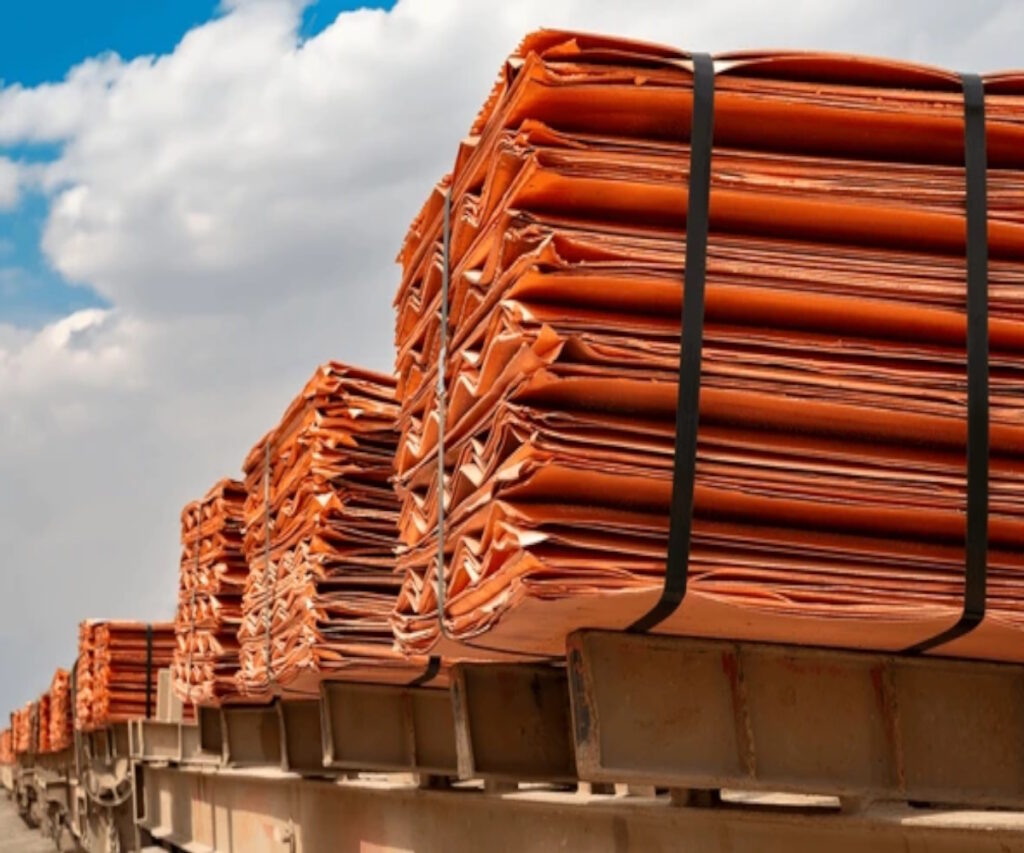
What Is Copper cathode?
Copper cathode is a key raw material used primarily in producing copper rods for the wire and cable industry. It’s also an essential component in making brass, copper tubing, copper sheet products, and is found in over 450 different alloys.
To produce market-grade copper cathodes, blister copper is first cast into anodes and then refined through an electrolytic process. In this process, the blister copper (serving as the anode) is immersed in a tank containing a solution of copper sulfate and sulfuric acid, along with a pure copper cathode starter sheet. This setup creates a galvanic cell, where copper ions move from the anode to the cathode, resulting in the formation of high-purity copper cathodes.
The copper cathode has various advantages, including being a good conductor of electricity. It has excellent resisting properties. The refined copper cathodes are suitable for products that do not require a high level of conductivity and are simple to install.
Individual cathode sheets are manufactured to different dimensions by different suppliers in the range of 0,5 m2 to 1 m2 and 3 to 20 mm thick, with or without ‘ears’. Copper cathode is the primary raw material input for the production of copper rod for the wire and cable industry. Copper is also used in the production of brass, copper tube, copper sheet products, and found in over 450 alloys.
Copper cathodes are used as a raw material feed for the production of high purity copper and copper alloy products. It is therefore essential that, during shipping and transportation, they are not contaminated with any extraneous materials.
-

2.5mm Thick Copper Sheet
Read more -

99.9% Copper Plates
Read more -

C10100/TU2 Copper Pipe
Read more -

C10200/TU1 Copper Pipe
Read more -
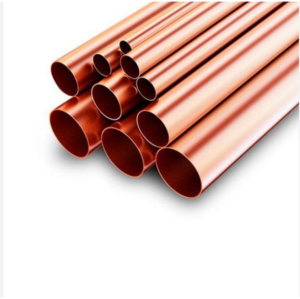
C11000T2 Copper Pipe
Read more -

C12000/TP1 Copper Pipe
Read more -

C12100 Copper Pipe
Read more -
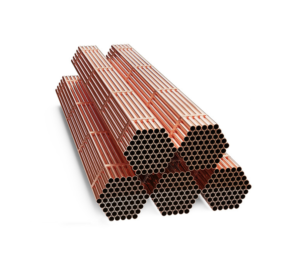
C12200/TP2 Copper Pipe
Read more -

C21000/H96 Copper Pipe
Read more -

C22000/H90 Copper Pipe
Read more -
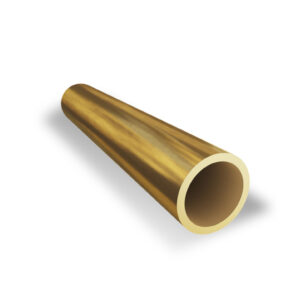
C23000/H85 Copper Pipe
Read more -

C24000/H80 Copper Pipe
Read more -
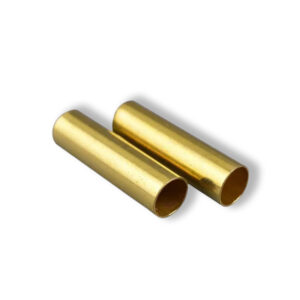
C26000H70 Copper Pipe
Read more -

C26100 Copper Pipe
Read more -
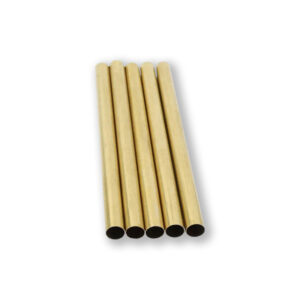
C26200/H68 Copper Pipe
Read more -

C26800/H65 Copper Pipe
Read more -
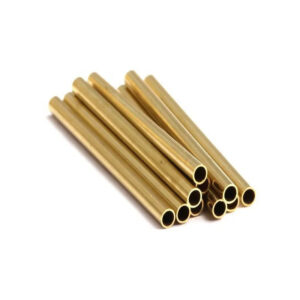
C27000 Copper Pipe
Read more -

C27200 Copper Pipe
Read more -
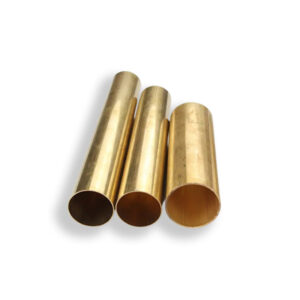
C27400/H63 Copper Pipe
Read more -
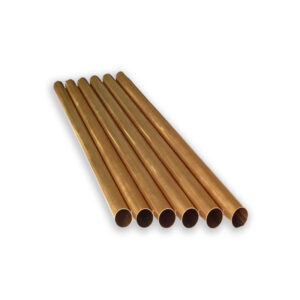
C28000/H60/H62 Copper Pipe
Read more -
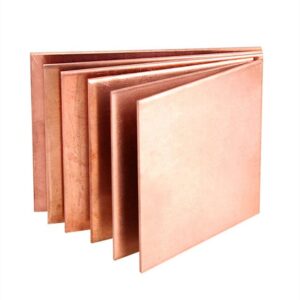
Square Copper Plate
Read more
Copper Production from Ore to Finished Product
From its original home buried underground in a mine to its use in a finished product such as wire or pipe, copper passes through a number of stages. When it is recycled it can pass through some over and over again. Below is a quick description of the path.
1. Mining, Crushing
The beginning for all copper is to mine sulfide and oxide ores through digging or blasting and then crushing it to walnut-sized pieces.
2. Grinding
Crushed ore is ball or rod-milled in large, rotating, cylindrical machines until it becomes a powder usually containing less than 1 percent copper. Sulfide ores are moved to a concentrating stage, while oxide ores are routed to leaching tanks.
3. Concentrating
Minerals are concentrated into a slurry that is about 15% copper. Waste slag is removed. Water is recycled. Tailings (left-over earth) containing copper oxide are routed to leaching tanks or are returned to the surrounding terrain. Once copper has been concentrated it can be turned into pure copper cathode in two different ways: Leaching & electrowinning or smelting and electrolytic refining.
4a. Leaching
Oxide ore and tailings are leached by a weak acid solution, producing a weak copper sulfate solution.
5a. Electrowinning (SX/EW)
The copper-laden solution is treated and transferred to an electrolytic process tank. When electrically charged, pure copper ions migrate directly from the solution to starter cathodes made from pure copper foil. Precious metals can be extracted from the solution.
OR
4b. Smelting
Several stages of melting and purifying the copper content result, successively, in matte, blister and, finally, 99% pure copper. Recycled copper begins its journey to finding another use by being resmelted.
5b. Electrolytic Refining
Anodes cast from the nearly pure copper are immersed in an acid bath. Pure copper ions migrate electrolytically from the anodes to “starter sheets” made from pure copper foil where they deposit and build up into a 300-pound cathode. Gold, silver and platinum may be recovered from the used bath.
6. Pure Copper Cathodes
Cathodes of 99.9% purity may be shipped as melting stock to mills or foundries. Cathodes may also be cast into wire rod, billets, cakes or ingots, generally, as pure copper or alloyed with other metals.
7. Cathode is converted into:
Wire Rod
Coiled rod about 1/2″ in diameter is drawn down by wire mills to make pure copper wire of all gages.
Billet
30′ logs, about 8″ diameter, of pure copper are sawed into these shorter lengths which are extruded and then drawn as tube, rod and bar stock
Cake
Slabs of pure copper, generally about 8″ thick and up to 28′ long, may be hot- and cold-rolled to produce plate, sheet, strip and foil.
Ingot
Bricks of pure copper may be used by mills for alloying with other metals or used by foundries for casting.
Copper Cathodes Composition

Copper Cathode Specification
Copper cathode specifications include size, weight, chemical composition, and surface finish. Typically, copper cathodes are 96% to 99.99% pure, with a thickness of 1 to 3 inches, a width of 1 to 3 feet, and a weight of 200 to 400 pounds. The chemical composition can vary slightly based on the source of the raw copper ore and the refining process used.
Copper Cathode Manufacturing
The production of copper cathodes starts with extracting raw copper ore from the earth. The ore is transported to a processing plant where it undergoes several stages to create copper concentrate. This concentrate is then taken to a smelting facility for further refining, producing copper anodes.
The copper anodes are sent to an electrolysis cell, immersed in an electrolyte solution of copper sulfate and sulfuric acid. Passing a direct current through the solution causes copper ions to deposit onto a stainless steel cathode, gradually building a layer of pure copper. When the layer becomes thick enough, the cathode is removed from the cell for further processing.
Copper Cathode Warehousing
Handling and warehousing copper cathodes properly is crucial to maintain quality and avoid damage. Copper cathodes are transported on pallets and moved around with forklifts. Special lifting equipment is required for safe handling due to their weight and awkward shape.
Cathodes are stored in a dry, clean, and well-ventilated area to prevent corrosion. Warehouses should be free from contaminants that could cause corrosion, and the storage layout should allow easy access. Additionally, secure storage is necessary to prevent theft or unauthorized access.
